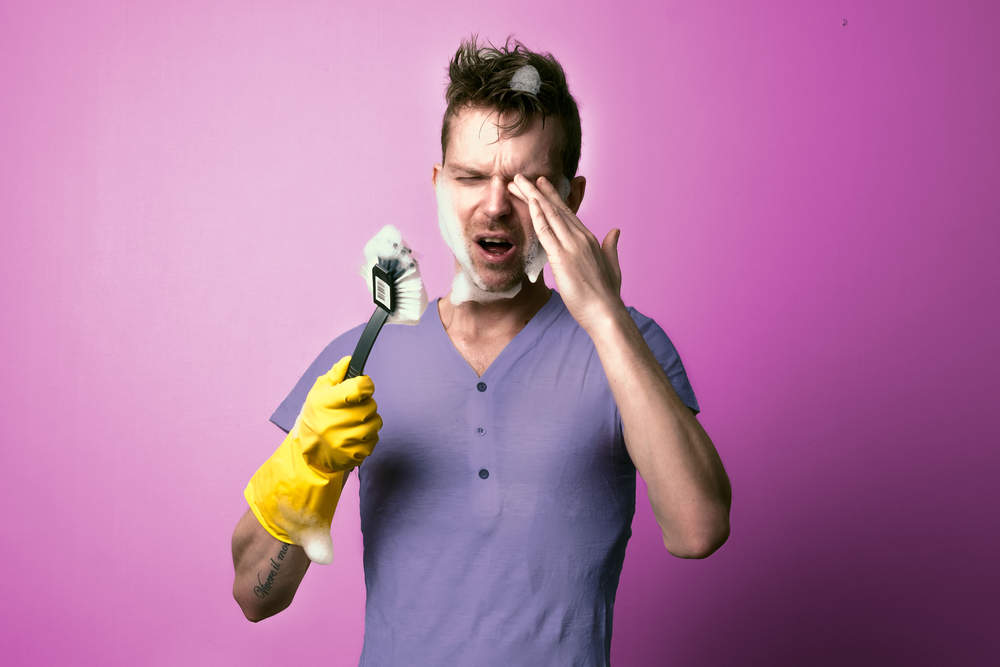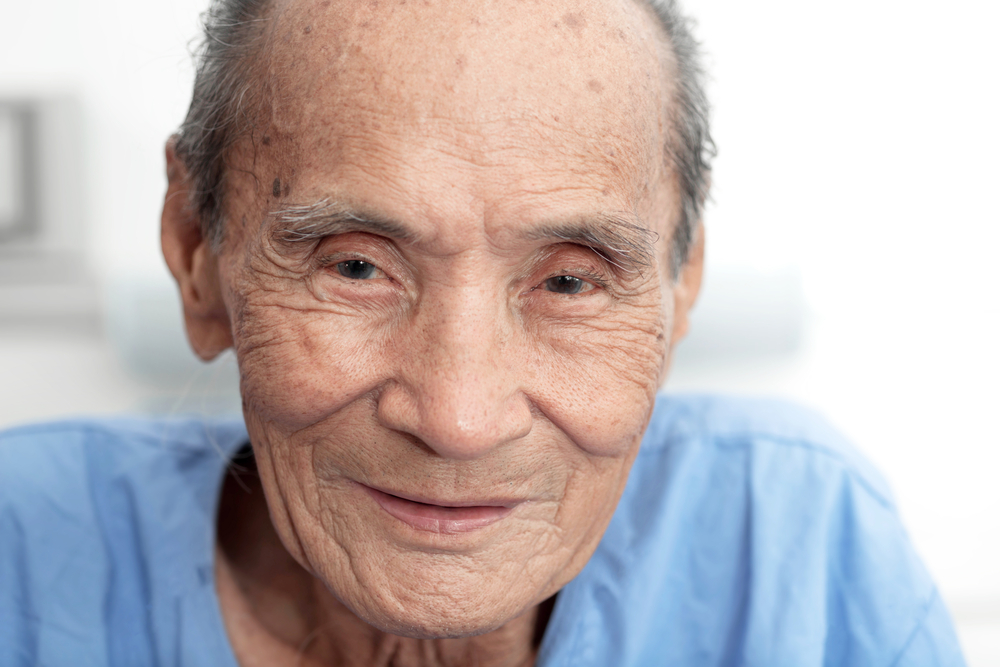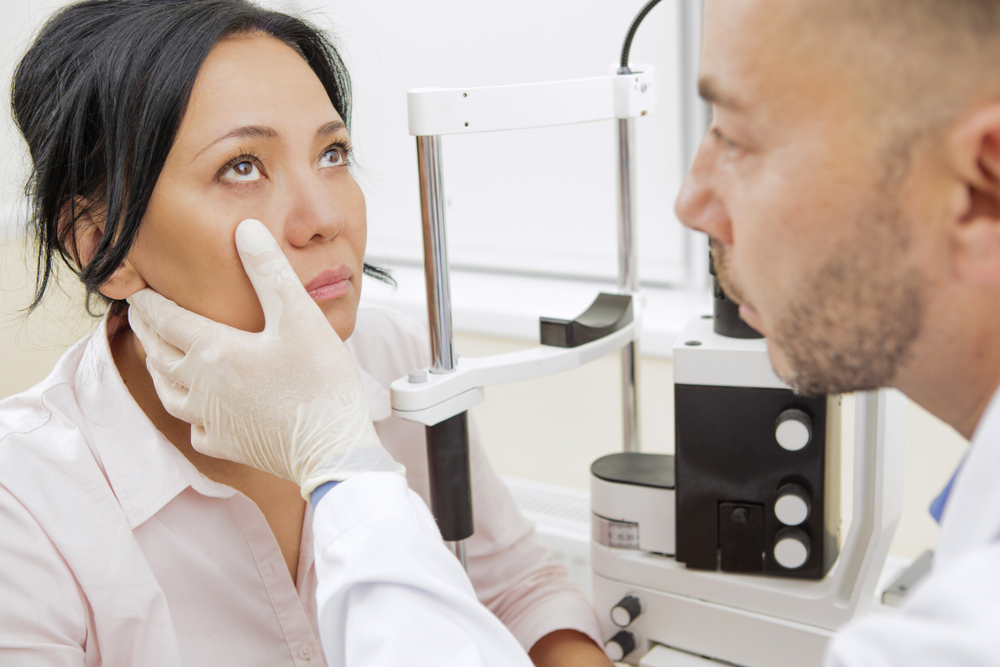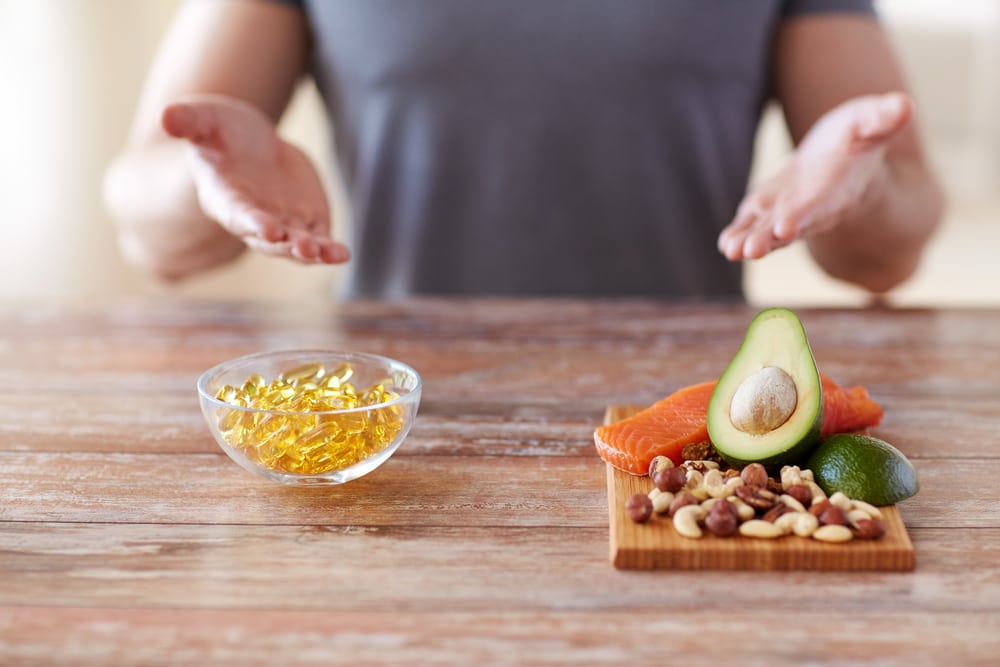Contents:
Medical Video: Mantoux Test (aka. PPD or TST)
Definition
What is the tuberculin test?
The tuberculin test (also called the tuberculin Mantoux test) is done to see if you have had tuberculosis (TB) before. This test is done by placing a small amount of TB protein (antigen) under the top layer of skin in your inner arm. If you have been exposed to TB bacteria (Mycobacterium tuberculosis), your skin will react to the antigen by raising a red lump on the skin that is tested within 2 days.
The TB antigen used in the tuberculin test is called purified derivative protein (PPD). A number of PPDs are injected under the top layer of skin on your arms for measurement. This is a good test to find TB infection. This test is often used when symptoms, examinations, or testing, such as a chest X-ray, indicate that a person may be exposed to TB.
The tuberculin test cannot provide information about how long you have been infected with TB. This test also cannot provide information if the infection turns out to be latent (inactive) or can be transmitted to other people.
When should I have a tuberculin test?
You need to test PPD if:
- You interact with a TB sufferer
- You work in the health sector (all health workers must be monitored regularly)
- You have a weakened immune system due to certain drugs such as steroids, or diseases such as cancer, HIV or AIDS
Prevention & warning
What should I know before undergoing the tuberculin test?
The tuberculin test results alone cannot confirm active TB infection. Other tests, such as chest X-ray, sputum cytology, and sputum culture, can be done to confirm active TB infection when testing is positive. A person who has a positive skin test or chest X-ray, but is not found to have symptoms of TB, is usually considered to have TB infection that cannot be transmitted to other people (latent TB).
Among health workers or other people who have periodic tests, the second test done in a few weeks from a negative test may be positive, even if the person is not infected at the time of the difference between the two tests. This result (called the amplifying effect) may indicate a long-standing TB infection or previous BCG vaccination.
Some people do not react to the tuberculin test even if they have TB.
Process
What should I do before undergoing the tuberculin test?
There is no special preparation for this test. You must:
- tell your doctor if you have had a positive PPD test. If so, you do not have to do a PPD test again, except in unusual conditions
- tell your doctor if you have a medical condition or if you are taking certain drugs, such as steroids, which can affect your immune system. this situation can cause the test results to be inaccurate
- tell your doctor if you have received the BCG vaccine when you are going to have a test
What is the process for testing tuberculin?
For the tuberculin test, you sit and change the position of the inside of your arm up. The skin part where the examination will be carried out will be cleaned and left to dry. TB antigens (purified protein derivatives, or PPDs) will be injected under the top layer of the skin. The liquid will make a small lump (wheal) under the skin. A circle can be pulled from around the test area with a pen.
Don't cover the inspection area with a bandage.
What should I do after undergoing a tuberculin test?
You should see your doctor 2 to 3 days after the test to get a test
Explanation of Test Results
What do the test results mean?
If the test location is only reddish, it usually means you have not been infected with the TB bacteria. If a red lump appears it might mean that you have been infected with TB bacteria at a time. The size of the area of the lump (not the reddish area) is measured 2 to 3 days after the test to determine the outcome. Your doctor will consider your chances of having TB when looking at the test area.
Test results depend on your risk for TB. If you are in a high-risk group, a small lump is considered a sign of infection. People who are at low risk for TB must have a larger lump to be diagnosed with TB infection.
Three risk levels have been defined:
- High risk group - including people who have HIV, those who have closeness to someone who has active TB infection, and those who have symptoms or chest X-ray that shows TB. Other people at high risk for TB include those who take drugs that contain corticosteroids for a long time or people taking the tumor necrosis antagonist factor-alpha (used to treat rheumatoid arthritis and Crohn's disease).
- Groups at moderate risk -including people who have just moved from or traveled in a country with high TB rates, people who use illegal drugs by injection (intravenous drug users), people who live in nursing homes, workers in hospitals, nursing homes, schools, and prisons, children under 4 years old, children (ages 4-18) who are close to high-risk people, and homeless people. Other people at a moderate risk for having TB include people who are 10% or more below their ideal weight and people who have kidney failure, diabetes, leukemia, cancer, or those who already have a stomach abdomen (gastrectomy).
- Low risk group - including people who do not have exposure to TB, listed in other risk groups.
Positive reactions usually remain visible for about 1 week.
| Mantoux tuberculin skin test | |
| Normal (negative result): | There is no reddish lump on the examination area, or the lump formed is smaller than 5mm (0.5 cm) |
| Abnormal (positive result): | Reddish lumps measuring 5mm (1 cm) indicate TB infection in people in high-risk groups |
| A reddish lump measuring 10mm (1 cm) indicates TB infection in people in moderate risk groups | |
| Reddish lumps measuring 15mm (1 cm) indicate TB infection in people in low-risk groups | |
A positive tuberculin test does not mean you have an infectious (active) infection. The test cannot show if the infection is active or inactive (latent TB). It also cannot distinguish between TB infection and TB vaccination (BCG vaccination). Retesting, such as X-rays of the chest, phlegm, or both, is usually done to see whether you have active TB infection or not.
Hello Health Group does not provide medical advice, diagnosis or treatment.











